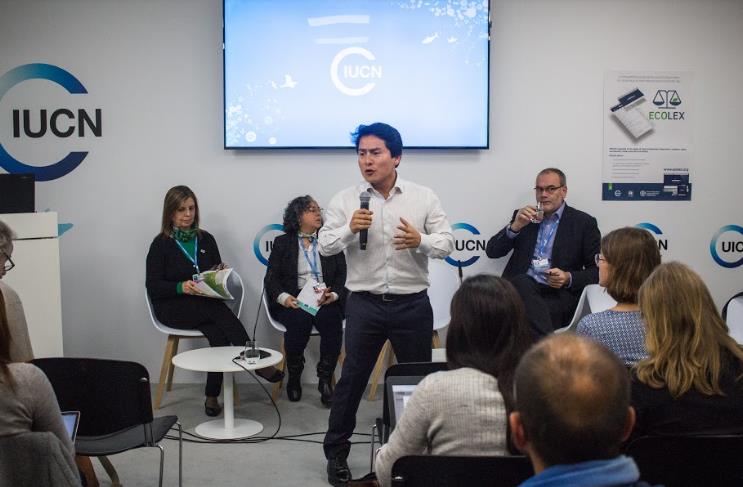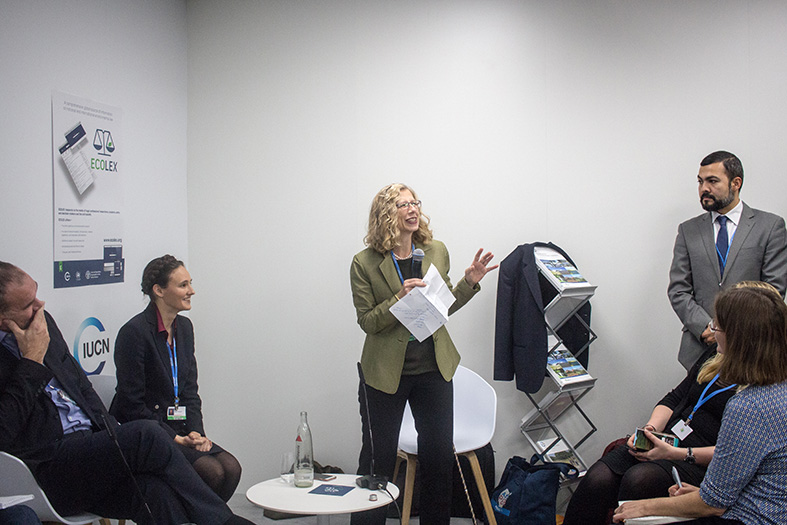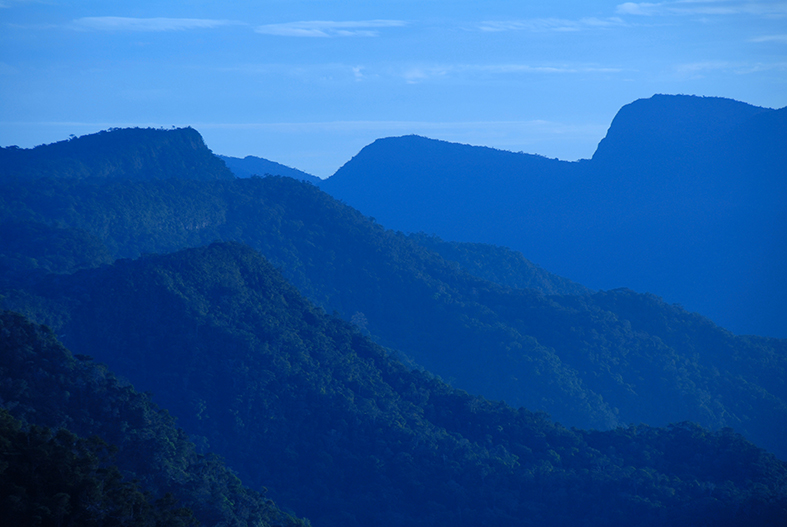Incubator for Nature Conservation at COP23
IUCN launched the pilot phase of its new initiative, the Incubator for Nature Conservation (INC) at UNFCCC COP23 in Bonn. INC seeks to answer the question: can a protected area also be a good business? Representatives from the Green Climate Fund, Mirova-Althelia, Ecosphere+, the Peru Ministry of Environment, and Cordillera Azul National Park took part in the event.
The value of protected areas is well known – as sources of livelihoods, providers of ecosystem services, tourist destinations and carbon sinks. Yet protected areas often struggle to cover the basic costs of management and conservation, costs which are rising in the face of increasing global pressures and climate change related stress. The aim of INC is to find new ways to fund protected areas, by identifying and supporting on-the-ground solutions for generating and channeling money.
INC works on the premise that we live in a climate of innovation. Around the world, people are coming up with new ideas for generating and channeling money for conservation, from global funds and conservation bonds to business ideas from local communities, protected area managers and civil society. INC identifies partner sites with good ideas and high potential and provides them with the resources, expertise and connections they need to scale up and link to donors and investors.
IUCN Legal Officer and INC Project Manager, Lydia Slobodian said: “There is a need for a translation service between conservationists and investors. At present, we are not speaking the same language.”
In the pilot phase, 10 sites were selected from around the world, from mountains to islands to lakes to caves. They will develop ideas ranging from carbon financing to ecotourism to sale of products from the area. INC has put together a global group of experts to work directly with these sites to understand their most pressing needs, clearest opportunities, and how to build a strong and sustainable financial future.
Participation in INC will put sites in a position to meet the IUCN Green List Standard. Successful conservation finance solutions will be shared on PANORAMA.
For successful financing of conservation, protected area managers, government agencies, public funding bodies and private investors must come into alignment. At the COP23 event, these actors came together to participate in a panel discussion. On one side was Patricia Fernandez-Davila, executive director of CIMA, which manages the Cordillera Azul National Park. She was joined by Rosa Morales Saravia, of the Peru Ministry of the Environment, who announced the nesting of Cordillera Azul in the national REDD+ framework. Juan Chang of the Green Climate fund addressed the role of public finance mechanisms in assuming risk and leading on investment.
Sylvain Groupille of Mirova-Althelia, described the role, interest and motivation of private investors: “Protected areas are a good investment, like in the case of Cordillera Azul National Park. The risk needs to be managed, but in the right circumstances where a good project developer is behind, like CIMA, and different revenues streams are generated (i.e. carbon, NTFPs, agro-forestry in buffer zones) protected areas can provide a financial return as well as a conservation and social development impact that has value in its own right.”
In her closing remarks to the session, IUCN Director General Inger Andersen stressed the importance of partnerships, urging participants to look to SDG 17, on partnerships, but not to forget the links to SDG 16, which includes rule of law. The event ended with a networking reception, sponsored by Ecosphere+.
For further information please visit www.conservationincubator.org or contact Lydia Slobodian at Lydia.slobodian@iucn.org.








